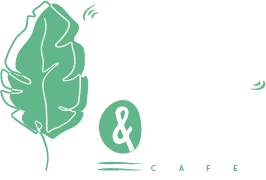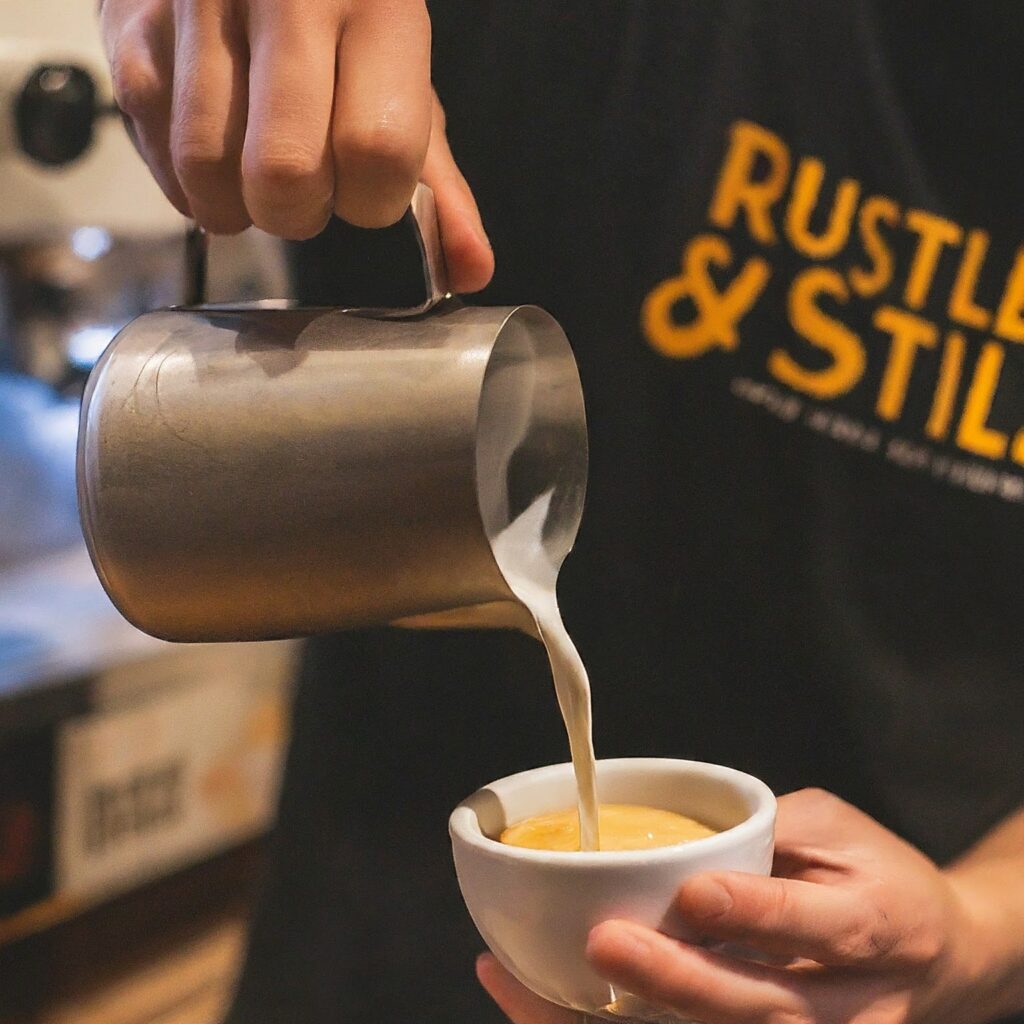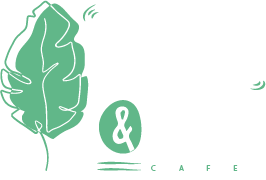Greetings, fellow coffee lovers! Today, we’re going on a captivating journey into the heart of your favorite brew. But this time, it’s not about the rich, bold flavor or the invigorating aroma. We’re exploring the intriguing world of decaffeinated coffee. It’s a story as complex and fascinating as the coffee in your cup.
So grab your mug, sit back, and let’s dive in.
Unraveling the Mystery: What is Decaffeination?
Decaffeination is a delicate, intricate process designed to retain the soulful flavor of coffee while significantly reducing its caffeine content.
In essence, it’s all about giving you the joy of coffee without the jitters.
The Decaffeination Dance: How Does it Happen?
There are several methods to decaffeinate coffee, each with its unique approach.
The most common one involves soaking green coffee beans in hot water, then applying a solvent or activated carbon to extract the caffeine.
Method 1: Direct Solvent Process
In the direct method, solvents like methylene chloride or ethyl acetate are used to strip away the caffeine.
Though the first batch often loses much of its flavor, subsequent batches retain more as the dissolving liquid becomes saturated from the first batch.
Some techniques even re-soak the initial beans to reabsorb flavor compounds, creating a flavorful, decaffeinated coffee.
Method 2: Indirect Solvent Process
This method, initiated by Ludwig Roselius in 1905, involved steaming coffee in brine and applying benzene to the beans. However, this method is now considered unsafe due to the potential health risks of benzene.
Method 3: Swiss Water Process
The Swiss Water Process, a popular method, uses a charcoal filter and a carbohydrate solvent to absorb only the caffeine. It can extract up to 98% of the caffeine, leaving the beans rich in flavor.
This process is repeated with new batches of beans using the same flavor-saturated solution.
Method 4: Sparkling Water Decaffeination
The Sparkling Water Decaffeination process is similar to the CO2 method, but caffeine is washed from the CO2 with sparkling water in a secondary tank.
This solvent consists of about 99.7% compressed carbon dioxide and 0.3% water.
Coffee Chronicles: Fun Facts to Brew Over
Now, let’s perk up your coffee knowledge with some intriguing tidbits:
- The coffee industry in the United States alone is worth about $19 billion annually.
- Each coffee tree yields 1-2 pounds of coffee beans per growing season after reaching full maturity in five years.
- A six-ounce cup of coffee generally contains approximately 50 to 75 milligrams of caffeine.
- Coffee boasts 1,200 different chemical components, with over half contributing to its distinct flavor.
- Even decaffeinated coffee contains a small amount of caffeine. Therefore, it’s not entirely caffeine-free.
- Decaffeinated coffee accounts for approximately 12% of total worldwide coffee consumption.
Decaf or Not Decaf?
We often find ourselves standing before the age-old question: Decaf or not decaf?
Let’s explore decaf’s similarities and differences to regular specialty coffee, and answering an essential question: Is drinking decaf bad for your health?
Decaffeinated coffee, mirrors regular coffee in taste and appearance, but its caffeine content is significantly less. However, don’t be too quick to dismiss it, as it might share some of the health benefits of its caffeinated counterpart.
As already stated, decaffeination is a fascinating process where unroasted coffee beans are soaked or steamed using a combination of water and chemicals like activated charcoal, supercritical carbon dioxide, methylene chloride, or ethyl acetate.
This process retains the coffee’s distinct flavor while minimizing caffeine.
However, the use of methylene chloride has sparked concern. While the FDA approves its use, prolonged exposure can cause headaches, drowsiness, or even affect hand-eye coordination.
Rest assured, the FDA ensures that the final product contains no more than 0.001% of residual methylene chloride.
Despite its name, decaf does contain trace amounts of caffeine. An 8 oz cup of decaf coffee contains around 2 milligrams of caffeine, depending on the brand.
While it’s not 100% caffeine-free, it’s significantly less caffeine-laden than regular coffee, which typically contains 80–100 mg of caffeine per 8 oz cup.
Decaf may also harbor potential health benefits. Research suggests that coffee contains compounds that can lower one’s risk of certain cancers.
While most research focuses on regular coffee, a 2017 review found a link between decaf and a reduced risk of all-cause mortality and death from cardiovascular causes.
For those seeking to reduce their caffeine intake, decaf coffee’s lower caffeine content is a major benefit.
The FDA recommends adults limit their caffeine consumption to no more than 400 mg per day, equivalent to four or five cups of regular coffee.
Conclusion
Decaf coffee is a delightful alternative to regular coffee, offering similar taste with significantly less caffeine. While the use of certain solvents in the decaffeination process has raised some eyebrows, regulatory bodies ensure that it’s safe for consumption.
Whether you’re a decaf devotee or a caffeine addict, here’s to enjoying your coffee, knowing you’re making an informed choice. Until next time, keep brewing and savoring every sip!






